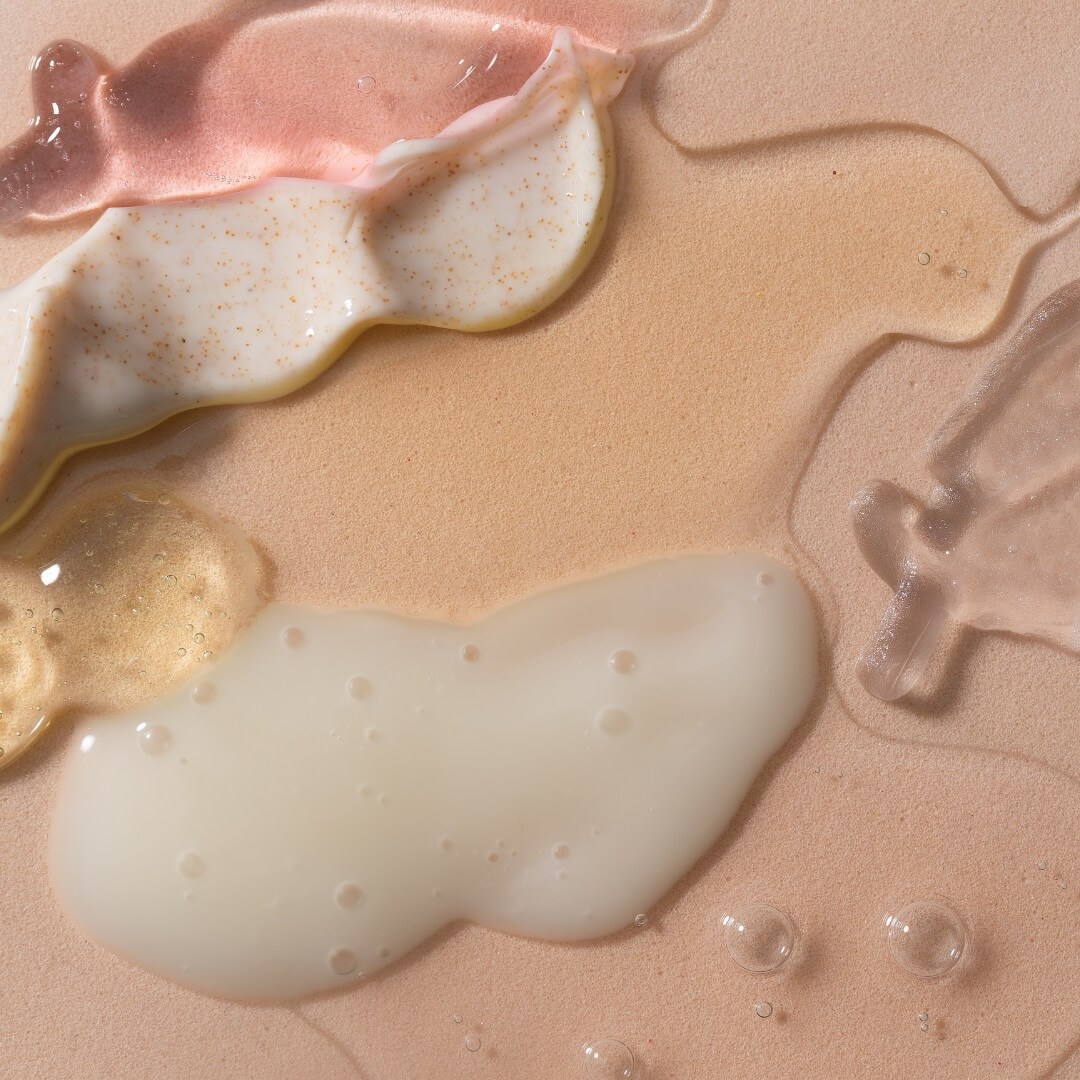Preservatives in Beauty Products – A Necessary Evil?
Posted by Naturally Safe Cosmetics on 24th Jan 2017
Updated 31 October 2022
(3½ minute read)
Like it or not, preservatives are a necessary part of the cosmetics industry. And for manufacturers of natural and organic beauty products, preservatives can be a real headache!
In the same way many food items contain preservatives to prevent them from spoiling, personal care items and cosmetics that contain aqueous ingredients require preservatives to prevent the growth of micro-organisms such as bacteria and mould and to extend their shelf life. This includes lotions, creams and moisturisers. Some cosmetics containing only oils, butters & waxes don’t necessarily need preservatives as microbes tend not to grow there.
Preservatives in cosmetics may be natural or synthetic (or a combination of both) and there are various pros and cons for both the natural and the synthetic variety. In general, synthetic preservatives provide a broad spectrum of protection against bacteria, usually at lower concentrations and at a lower cost to the manufacturer. The downside is that they are often petroleum based and have been shown to cause health issues.

Skincare products containing water or water-like ingredients need added preservatives (image credit: Canva)
Parabens
Widely used parabens (e.g. Methylparaben, Propylparaben, Ethylparaben, Butylparaben, Benzylparaben, etc.) began to fall out of favour a number of years ago when studies showed strong evidence that they can mimic oestrogen and, therefore, potentially disrupt endocrine function. Some studies have even linked parabens with increased risk of breast cancer. 1 You may have noticed an increasing number of products being touted as being ‘Paraben free’ in recent years.
Phenoxyethanol
As Parabens began to fall out of favour, Phenoxyethanol emerged as a popular replacement. Generally considered a better option than Parabens, Phenoxyethanol is has been classed as an irritant and there is limited evidence of skin and immune system toxicity or allergies (particularly for products used around the mouth or on lips). It has a moderate hazard rating on the EWG's Cosmetics Database (depending on usage) and has been classified as a low human health priority. So it's probably not the worst preservative around but you won't find it, for example, in EcoCert or COSMOS certified products.
Methylisothiazolinone and Methylchloroisothiazolinone
Two commonly used preservatives are Methylisothiazolinone (MI) and Methylchloroisozolinone (MCI) - which are often used together in the same formulations. While effective at preventing the growth of bacteria, yeasts and moulds, these preservatives are known allergens. The current rate of contact allergy or the likelihood of having an allergic reaction to this ingredients is around 8%. 2 Following an explosion in cases of allergic reactions and eczema a few years ago, the European Union (EU) reduced the allowed maximum concentration of this ingredient in rinse-off cosmetics (e.g. hand wash, shampoos, etc.). Then the EU agreed to ban the use of MI in leave-on cosmetics. In Australia, MI can be found in many supermarket brand products, including products designed for babies & children, and even products promoted as being more "natural".
Natural preservatives
As consumer awareness of the effects of certain chemical preservatives increases, more people are searching for products formulated with more natural forms of preservatives. So, what are the options? In general, there are two types of preservatives required in cosmetics:
- antimicrobial preservatives - to prevent the growth of bacteria, mould and yeast (e.g. Grapefruit Seed Extract)
- antioxidants - to prevent the oxidation of the ingredients and extend the shelf life of products (e.g. Vitamin E, Rosemary Extract)
While the benefit of natural preservatives may be the avoidance of toxic and harsh chemicals, the downside is that, in general, natural preservatives are not considered to be as effective as some of their synthetic or chemical counterparts. This means that products with natural preservatives usually have a shorter shelf life. Often, manufacturers of natural and organic beauty products will need to use a combination of natural preservatives, as just one may not be enough to ensure the safety and a reasonable shelf life of their products. For example, Sodium Benzoate is most effective when used in conjunction with other natural preservatives like Potassium Sorbate.
The topic of preservatives in cosmetics is a complicated one and there’s lots of information available online if you would like to do a little research for yourself.
Check your labels
In general, you can read product labels to find out which preservatives are found in the products you use. Sometimes, however, preservatives are not listed. Fragrances are also widely used as preservatives and a single scent can contain thousands of chemicals hidden within the term 'fragrance'. When it comes expiry dates, manufacturers of cosmetics are not required to include expiry dates on their products - except in the case of sunscreen - although some do. Even products with more naturally derived preservatives can have an unopened shelf life of up to 2 years. Always check the packaging for guidelines on how long your products will last after opening. Generally speaking, if there is no indication to the contrary, once opened, products should be consumed within 6-12 months (or 3 months for mascara).
1 bcpp.org
2 thedermreview.com
Disclaimer: Naturally Safe Cosmetics and the author are not health professionals. Any information or advice in this article is of a general nature only and not intended to diagnose, treat, cure or prevent any disease. For medical advice regarding your own personal circumstances, we recommend you contact your GP or other healthcare professional.


